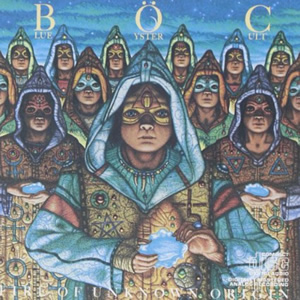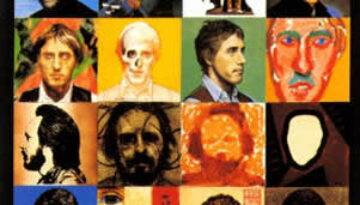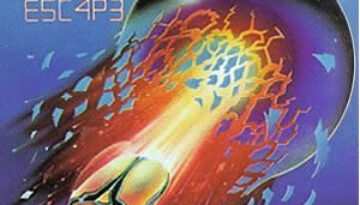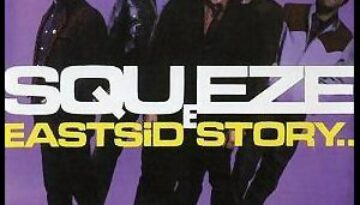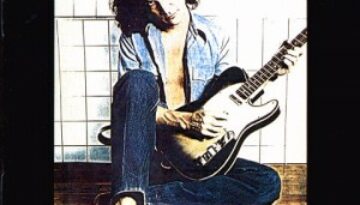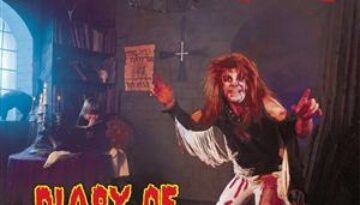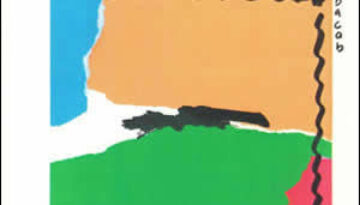Fire of Unknown Origin
by Blue Öyster Cult
Buy Fire of Unknown Origin Fire of Unknown Origin was released during an era when Blue Öyster Cult fully embraced their mythical “cult” status amoung hard rock fans, a feature of early eighties […]

